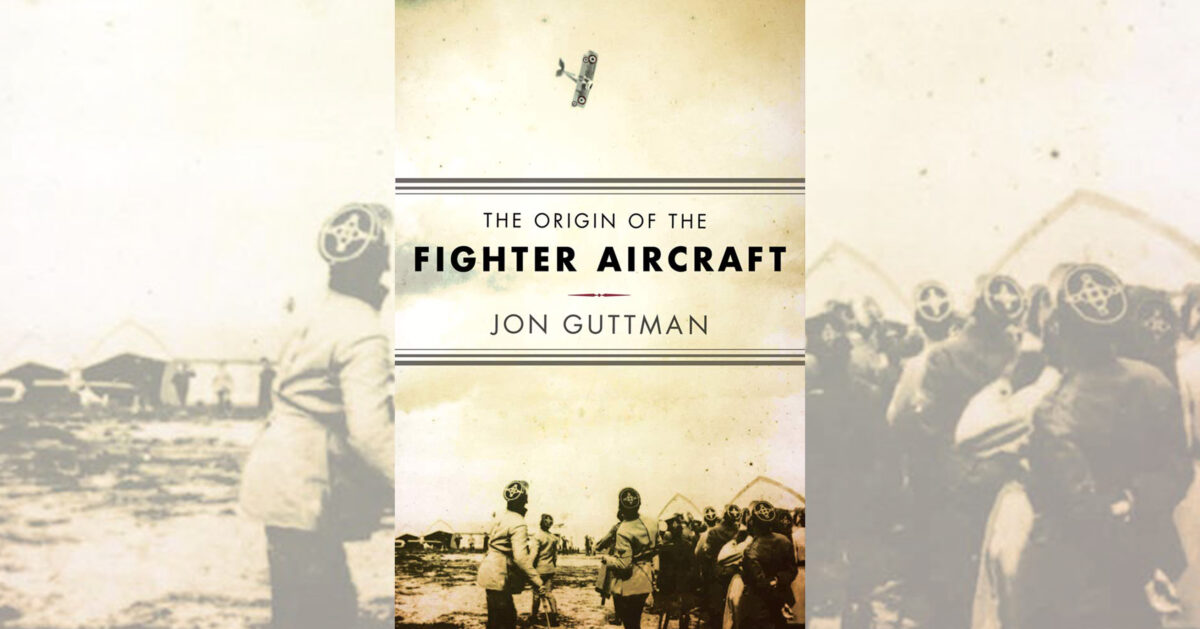The Origin of the Fighter Aircraft by Jon Guttman, Westholme, Yardley, Pa., 2009, $26.
No development related to World War I aviation has been more enduring than the fighter. Today’s “fighter jets” trace their lineage to the technical and tactical progress achieved in 1914-18, a period that receives ample coverage in Jon Guttman’s The Origin of the Fighter Aircraft.
Guttman describes the emergence of “hunting” or “pursuit” planes beginning in 1914, when unarmed single-seat scouts did literally that over the lines. By the time the Armistice was signed, they were battling each other by the thousands. Consequent technical innovations, including aircraft and weapons development, receive meticulous coverage. For example, Guttman provides the details of synchronizer/interrupter systems that evolved from combat experience.
The rise of the ace necessarily attended the rise of the fighter. All the familiar names are here, but Guttman understands the significance of organization over individuality. He also describes the growing requirement for a well-conceived force structure, best illustrated in the French organization of 1918, with groups, wings and larger formations. His analysis of Allied aviation’s role in the St. Mihiel offensive is especially incisive.
One of the book’s strengths is its inclusion of Russian, Belgian, Italian and Austro-Hungarian fighter developments. Its main drawback is the absence of footnotes, though it does include a useful bibliography. Overall, Origin of the Fighter Aircraft is a balanced, well-informed introduction to the topic.
Originally published in the May 2011 issue of Aviation History. To subscribe, click here.





